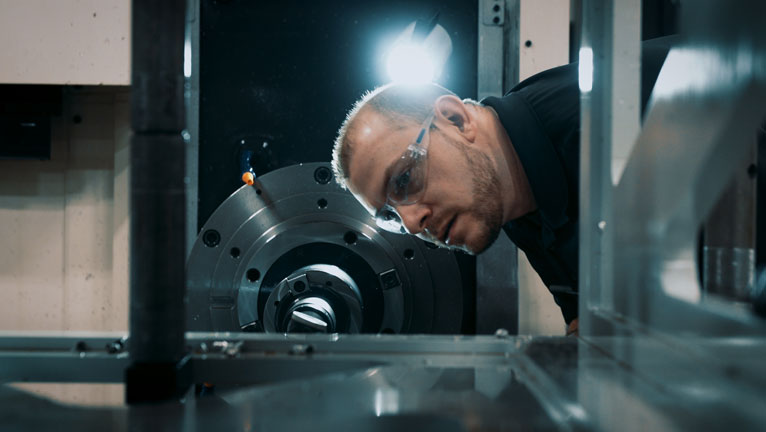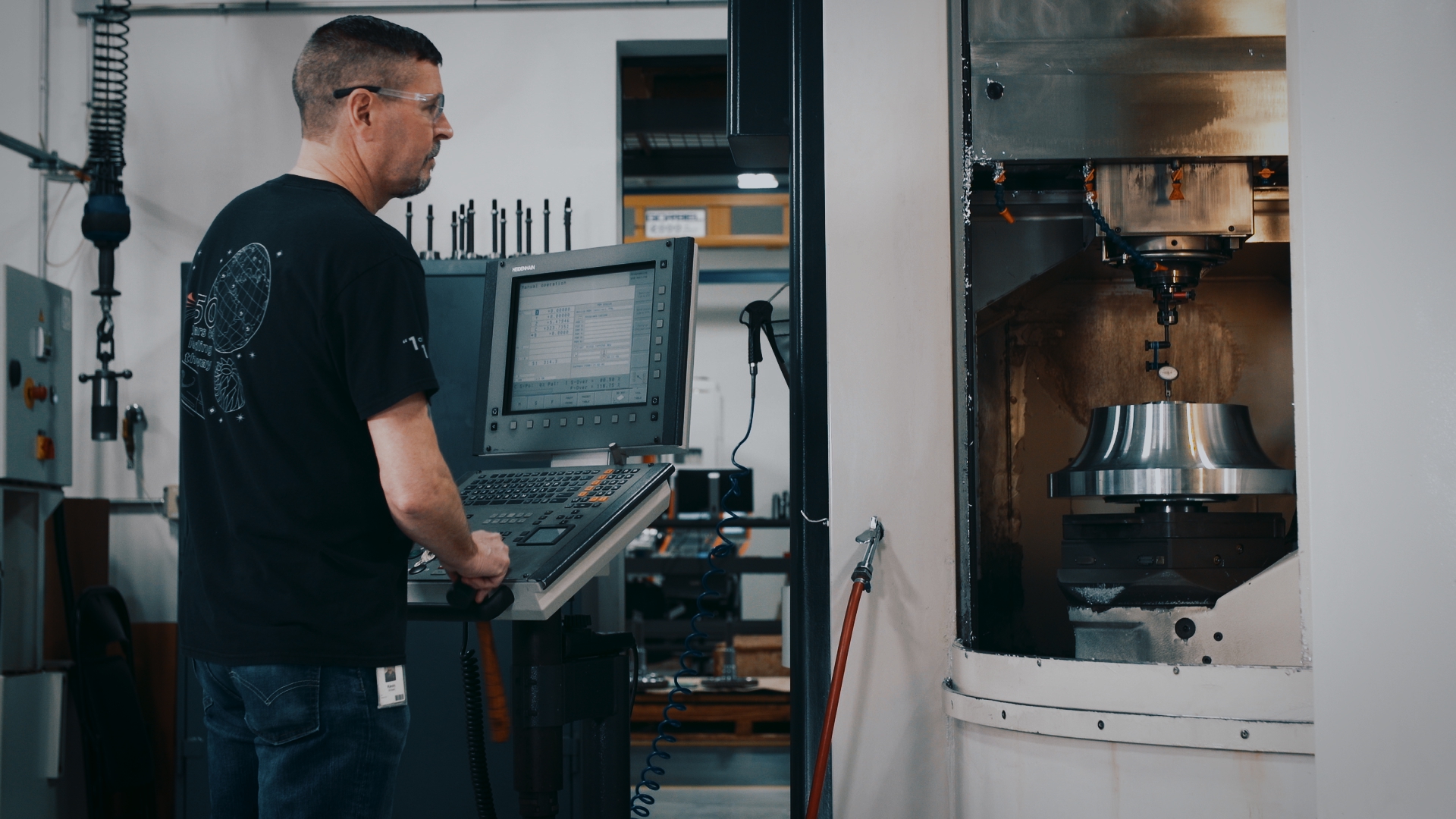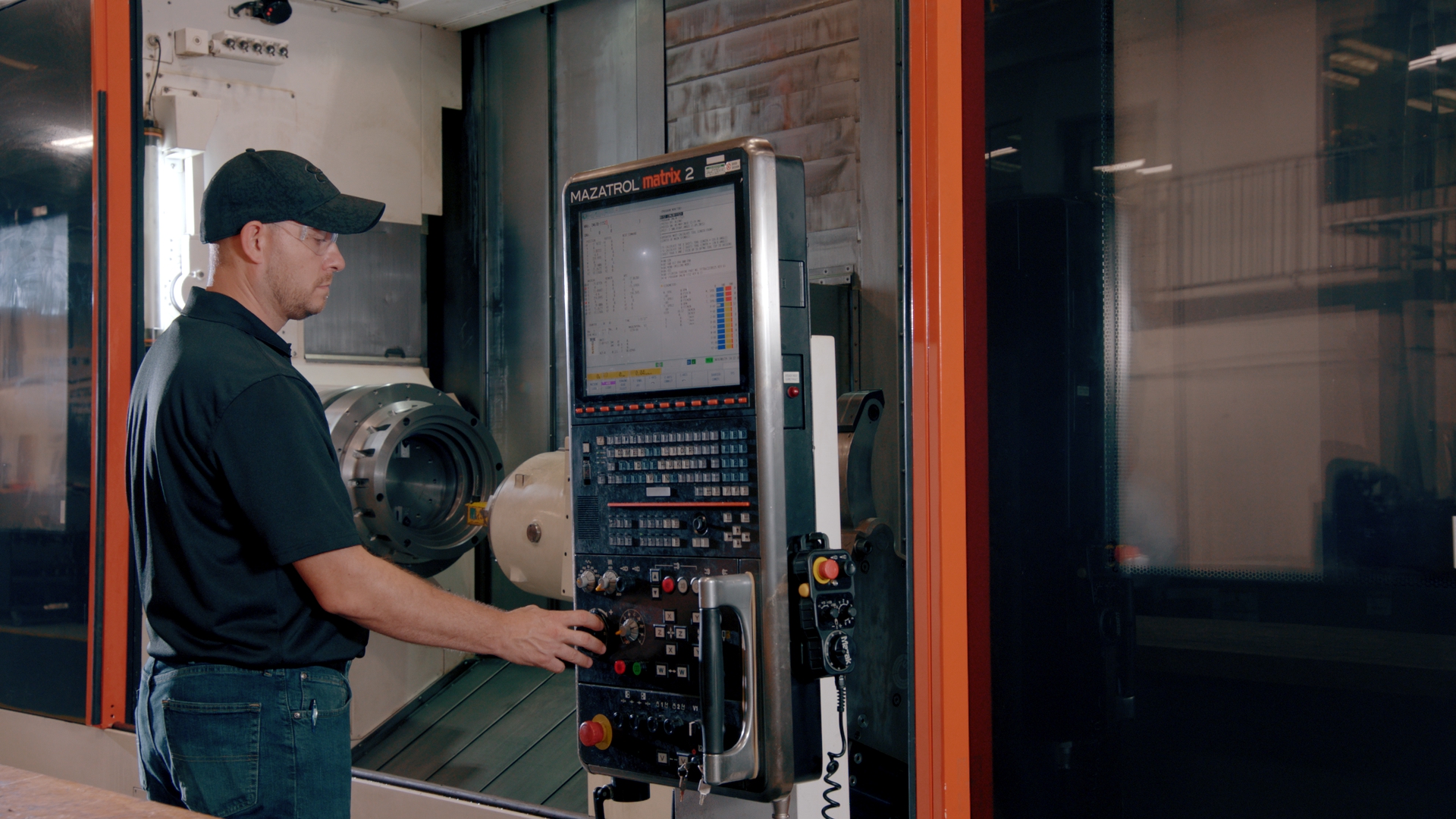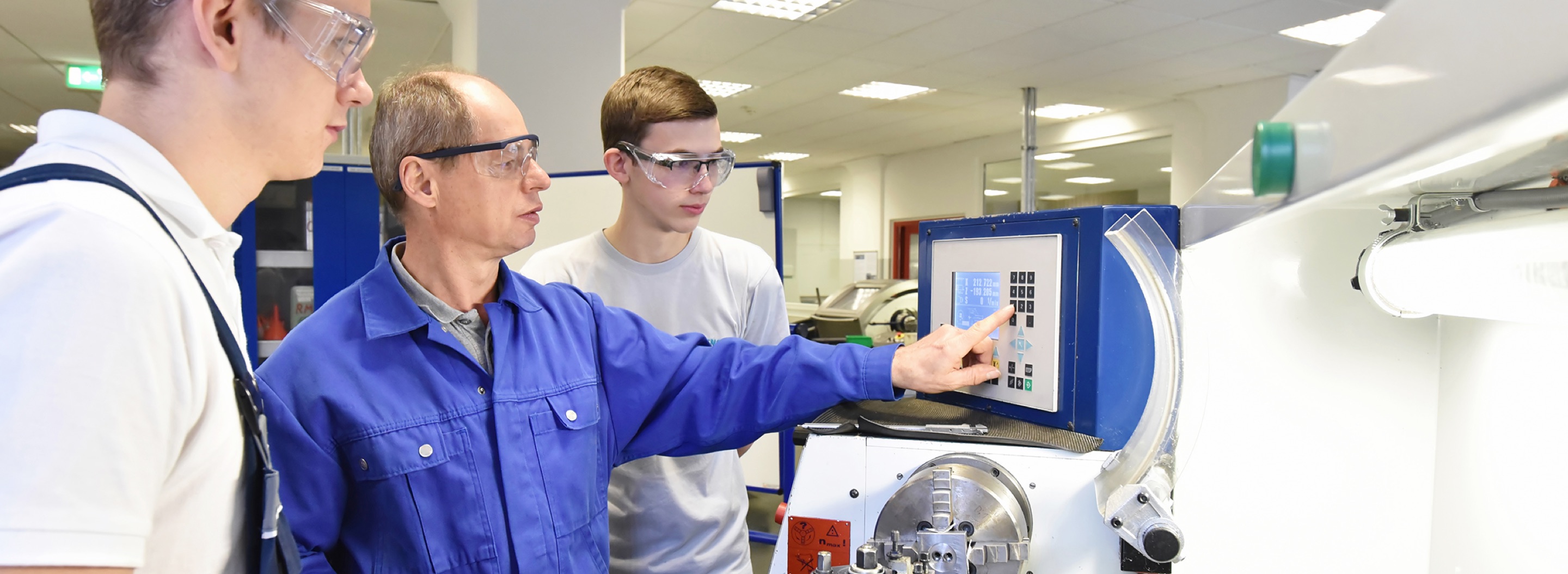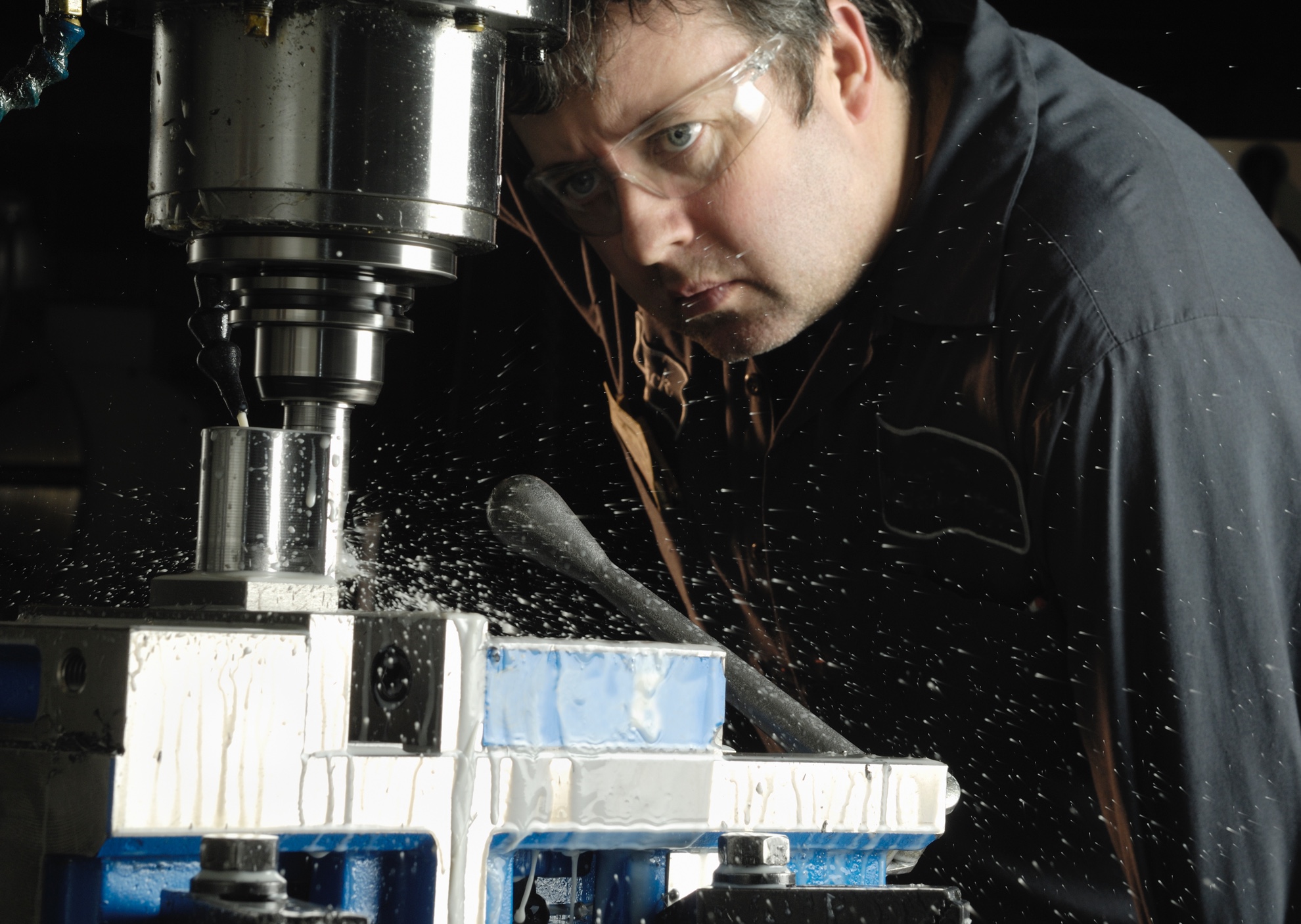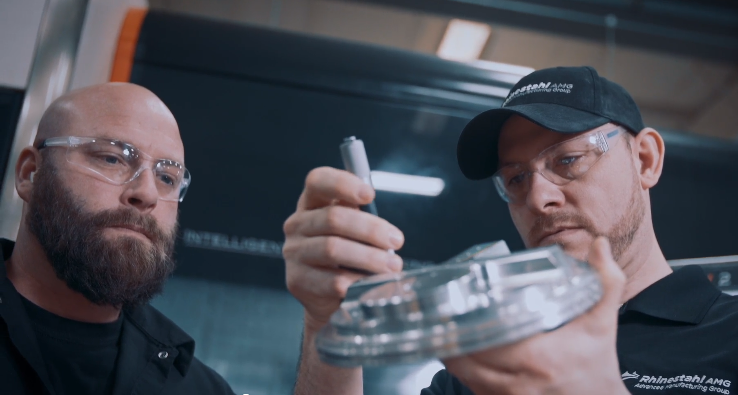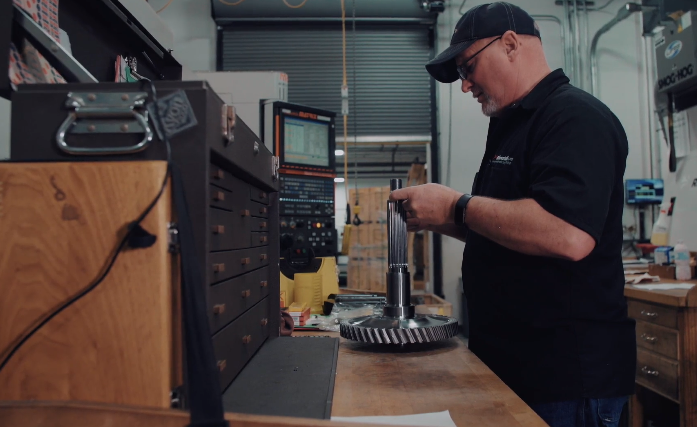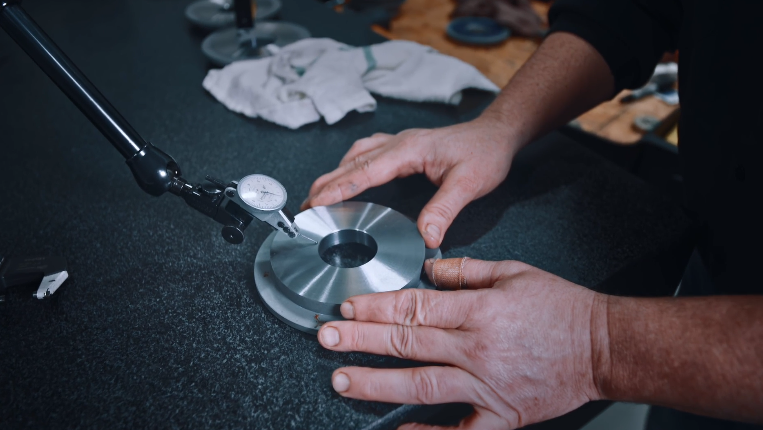There are hundreds of high-paying jobs in manufacturing unfilled right now.
Manufacturing Fast Facts
- In 2016, the average manufacturing worker in the United States earned $82,023 annually, including pay and benefits
- Manufacturers have one of the highest percentages of workers who are eligible for health benefits provided by their employers
- Over the next decade, nearly 3.5 million manufacturing jobs will be created and more than two million are expected to go unfilled
- 7 out of 10 Americans consider manufacturing a backbone of the economy, but only 3 in 10 respondents would encourage their children to pursue a manufacturing career
For High School Students
- Enroll in career technical education high school for your Jr./Sr. year
- Earn college credit through CTAGs and college credit plus
- After your Junior year, work as a paid co-op in manufacturing to apply what you’ve learned while you work
- After graduation, continue your education for an associate or bachelor’s degree with employer tuition reimbursement
For Adult Students or Former Military
- Attend Community College and earn a Certificate or Industry Credential in one of many manufacturing disciplines
- Earn a Career Specific Certificate in CNC programming, CAD Design, or Quality Control
- Complete your Associate Degree of Manufacturing Engineering Technology or Electrical Engineering Technology or Mechatronics
What a Career in Manufacturing Looks Like
- Full benefits: health insurance, 401K, bonus, paid time off
- Competitive pay
- Job security
- Contributing to some of the world’s most intricate parts
Careers @Rhinestahl
Learn more about open manufacturing positions on Rhinestahl’s career page.
Manufacturing Careers